A recount of the final days before the victory.
A recount of the final days before the victory.
By Sergio Rodríguez Gelfenstein
Following the defeat of French colonialism at Dien Bien Phu in 1954, France was forced to evacuate the north of the country. However, although the Vietnamese people had achieved a great victory, the country remained divided. It was not possible to liberate the entire territory at that time. This situation ushered in a new stage of the Vietnamese revolution. The Communist Party of Vietnam (CPV) was simultaneously forced to initiate socialist construction in the north to serve as a solid rearguard for the coming struggles and the people’s democratic revolution against neocolonial rule in the south.
In this situation, US imperialism began its maneuvers. It had previously supported French colonialism, but when this failed, it proposed boycotting the Geneva Accords and preventing the country’s reunification. Within the framework of the Cold War, the United States argued ideological reasons. According to Washington, they needed to prevent the spread of communism in Southeast Asia. To this extent, they resorted to national security reasons to justify their intervention in Vietnam.
In pursuit of their objectives, they gave full support to a puppet government, granting it every kind of economic, political, military, and diplomatic support. The designated leader was Ngo Dinh Diem, a landowner who formed a “nationalist” government in the south. At the same time, the United States began to play a more active and direct role throughout the region. Diem established a highly repressive and brutal government. In 1956, the CPV focused on preserving the organization in the south while it overcame this phase, and in 1959, it proposed liberating the south from imperialist and feudal domination.
The struggle resumed between 1959 and 1960 in the form of simultaneous armed uprisings or partial insurrections that achieved great success. This marked the beginning of the People’s Revolutionary War in Vietnam. In late 1960, the National Liberation Front of South Vietnam (NLF) was created, an event of immense political significance. The need to develop armed struggle and politics in parallel was emphasized.
The United States became increasingly involved in the war as the puppet government was unable to confront the NLF’s growing political and military efforts. The United States designed a “special war” format that was a complete fiasco from the start to the point that Washington began organizing a coup against Diem. His fall was an expression of the failure of the United States’ strategy in Vietnam.
Lyndon Johnson’s rise to power in 1963 gave rise to a new plan that entailed the formation of a permanent U.S. military command in Vietnam and a fivefold increase in its troops in the country, while also elevating military technology to carry out its aggression, which now took the form of a “local war.”
But the NLF’s military successes continued in 1964 and 1965. In the first half of that year, the Vietnamese revolutionaries had inflicted up to 90,000 deaths on the puppet army, including 3,000 Americans. Washington opted to deploy thousands of troops to unleash a war of total destruction against the North, primarily using air power. This maneuver was also unsuccessful.
Between 1965 and 1968, the United States’ “local war” doctrine also failed. Between 1965 and 1966, they unleashed what they called the first strategic counteroffensive, involving 200,000 US and other allied troops and 500,000 puppet troops. They carried out up to 450 major operations aimed at breaking the back of the NLF, which they called the “Vietcong.” Later, in 1966-1967, they developed the second strategic counteroffensive, with which they sought to achieve a decisive turn in the war, doubling their troop presence to 400,000.
But the revolutionary army resisted the enemy’s attacks, inflicting blows that sought to wear it down and annihilate it in its own arena and in its rearguard. This resulted in its dispersion, preventing it from carrying out its plan and causing heavy losses in troops.
Meanwhile, in the north, socialist construction continued despite the fact that the territory had been severely battered by US air forces since 1965, which used chemical weapons extensively. But by November 1, 1968, the Vietnamese armed forces had shot down 3,243 combat aircraft, including six B-52 strategic bombers and two F-111s. Hundreds of pilots were also captured, and hundreds of US ships were destroyed.
By 1968, it became clear that the United States would not achieve victory in Vietnam. Diplomacy emerged as a means of ending the war. Anticipating this, in January 1967, the CPV Central Committee had decided to prepare for this scenario, which was becoming crucial in the new situation. In March 1968, the United States agreed to the start of peace talks in Paris with representatives of the FNL and the government of the Democratic Republic of Vietnam.
However, in 1969, he designed a new strategy, which he called the “Vietnamization of the war,” which aimed to strengthen the puppet army while gradually beginning the withdrawal of his own forces, maintaining a strong air and artillery contingent in Vietnam to provide effective support to the puppet army. At the same time, he unleashed a major air offensive of destruction against the North.
The NLF and the Vietnamese government were forced to conduct a thorough analysis to respond appropriately to the enemy, understanding that they had also made some mistakes, such as focusing the war on cities and abandoning rural areas, where the enemy had begun to effectively “pacify” the countryside, which brought temporary success.
On June 6, 1969, the FNL, along with other political and social organizations, convened a Congress of representatives from the south, which led to the creation of the Provisional Revolutionary Government of the Republic of South Vietnam (PRG), which would begin to play a decisive role in shaping revolutionary power in the south of the country.
It must be said that since 1970, the struggle in Laos and Cambodia, also occupied by the United States, gained new strength, and patriots in those countries began to coordinate efforts with the NLF to develop the revolutionary war.
In 1972, the Communist Party of Venezuela (PCV) ordered the preparation of a strategic offensive that would achieve significant military victories, thwart the imperialist strategy of “Vietnamization of the war,” and force the United States to resort to negotiations.
However, in light of the military successes in Vietnam, Washington, now under the administration of Richard Nixon, ordered an increase in troops in Vietnam by mobilizing a large naval force to reinforce the aggression against the South in what was dubbed the second war of aggression against the North. At the same time, it was forced to make a surprising about-turn given the approaching November 1972 elections, the possibility of Nixon’s reelection, and the growing rejection of the Vietnam War among American public opinion. Clearly, it was seeking military successes that would allow it to negotiate from a position of strength in Paris.
But when he failed to achieve his stated military objectives on the ground and faced with brilliant Vietnamese diplomatic proposals that garnered widespread support around the world, particularly in the United States, Nixon was forced to accept Vietnam’s proposals to buy time to withdraw his troops while strengthening the puppet army. Once elected, however, Nixon openly rejected the agreements he had signed, unleashing genocidal bombings against Vietnamese cities.
The hellish US air assault on Hanoi and Haiphong was successfully repelled by the Vietnamese army until on January 27, 1973, Nixon was forced to sign the Paris Agreement on the cessation of the war and the restoration of peace in Vietnam.
The Paris Agreements meant that the United States had to withdraw its troops and those of its satellites and respect Vietnam’s independence. It also had to cease its intervention in Vietnam’s internal affairs, recognize the people’s right to self-determination, and recognize the status quo of South Vietnam. In this way, Vietnam achieved another great victory against a foreign power, which, however, had not yet been fully achieved.
Although the Paris Agreement represented an important step in the process of Vietnam’s liberation, US imperialism continued to support the Saigon puppet regime (now led by Nguyen Van Thieu) to maintain its colonial rule and a divided country. But Washington misdiagnosed the situation, thinking that the agreements had paralyzed the Vietnamese people’s liberation drive. On the contrary, the prestige of the FNL and the GRP grew daily, both domestically and internationally.
To give an idea of the magnitude of the US military intervention in Vietnam, its soldiers’ firepower was six times greater than it had been during World War II. The United States spent $400,000 per Vietnamese dead, including 75 bombs and 150 artillery shells per corpse.
The Van Thieu regime began to face not only the power and revolutionary strength of the liberated zones, but also a growing popular resistance in the areas under its control. Furthermore, aid from Washington had been significantly reduced compared to previous years. A deep economic crisis erupted in the second half of 1973, which worsened the following year, characterized by high inflation, sharp devaluation, and loss of foreign currency.
Under these conditions, the GRP and the FNL responded with an increase in armed actions, along with their decision to implement the Paris Agreements without delay. As early as July 1973, the PCV assessed the need to prepare its forces for an offensive that would allow it to seize decisive power. By mid-1974, the course of the war had changed significantly in terms of the growth of the revolutionary armed forces, the offensive actions they carried out, the consolidation of logistical supply routes from north to south, and the increase in actions in the cities.
All of the above and other antecedents allowed the PCV to conclude in October 1974 that a balance of power favorable to the revolutionaries had been created, and so it took the historic decision to mobilize the party, the army and the people to carry out a general attack that would annihilate and destroy the troops of the Van Thieu regime, overthrow enemy power at both the regional and national levels, seize power for the people and liberate the south. The PCV and its central military commission set about planning and organizing future battles.
The offensive and general uprising began on March 10, 1975, on the country’s Western Plateau. Initial successes allowed for an advance toward the central coastal plain. A decisive moment was the campaign in Hue -Da Nang, South Vietnam’s second-largest city, where the most powerful military base of the pro-Yankee regime’s armed forces was destroyed. The offensive continued with attacks and uprisings north and northwest of Saigon. By March 25, 16 provinces had been liberated, giving the NLF control of three-quarters of South Vietnam’s territory and half of its population. It was assessed that the enemy army had completely collapsed and that the United States was powerless against the massive Vietnamese offensive. The conditions had been created for the final battle: the Battle for Saigon.
The battle for the liberation of Saigon was dubbed the “Ho Chi Minh Campaign.” The president and founder of the Democratic Republic of Vietnam had died on the day Vietnam commemorated its 24th anniversary of independence, September 2, 1969. It had been decided that the last city to be liberated would bear his name.
Large military contingents were mobilized to reinforce those already in the combat zone. Meanwhile, the enemy prepared to hold out in its last remaining stronghold, while the United States unleashed all manner of diplomatic maneuvers to prevent or delay the obvious outcome of events. On April 18, U.S. President Gerald Ford ordered the urgent evacuation of all Americans from Vietnam. On April 21, amid its attempts to salvage the situation, Washington dismissed Van Thieu while seeking negotiations leading to a bilateral ceasefire.
But it was too late. On April 26, the “Ho Chi Minh Campaign” began, a plan of attack from five directions coordinated with the local armed forces and the insurgent people. On April 28 and 29, the revolutionary columns advanced impetuously, surrounding the enemy forces on the perimeter of Saigon.
The attack columns occupied the city’s most important objectives, and at 11:30 a.m. on April 30, amid a stampede of government and U.S. embassy personnel, the revolutionary flag was raised at the Government Palace. By May 1, the entire mainland of South Vietnam was under control. During the campaign, 400,000 enemy soldiers were annihilated, dismantling an army of over a million men, as well as the security and police forces.
The end of the “Ho Chi Minh Campaign” and the total liberation of Vietnam, which we commemorate today on its 50th anniversary, was a brilliant military operation by the Vietnamese armed forces and people under the leadership of the CPV. US imperialism had been defeated in what has been characterized as the greatest military and political disaster in its history. The entire military, political, and administrative apparatus of the US-created regime in Vietnam was destroyed. Five US administrations made a colossal effort to prevent the victory of the Vietnamese people and failed, culminating in twenty years of glorious struggle against US aggression and for the reunification of the country.
Now, President Ho Chi Minh’s dream of “building a Vietnam a hundred times more beautiful” could be fulfilled, reflecting the Vietnamese people’s desire to create a more prosperous, just, and equitable socialist society for all.




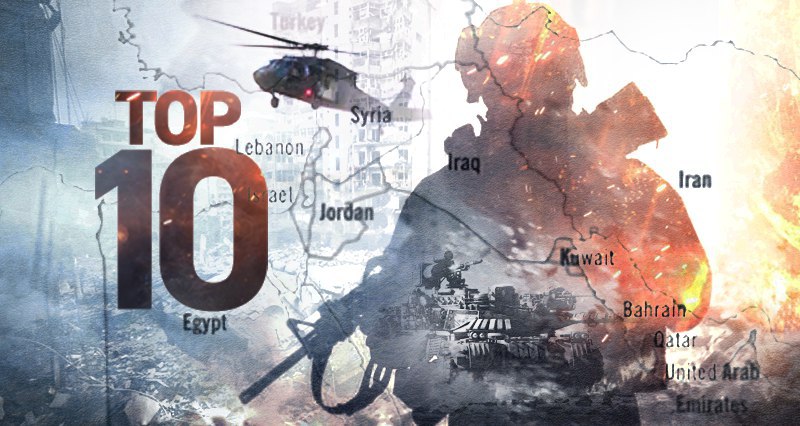
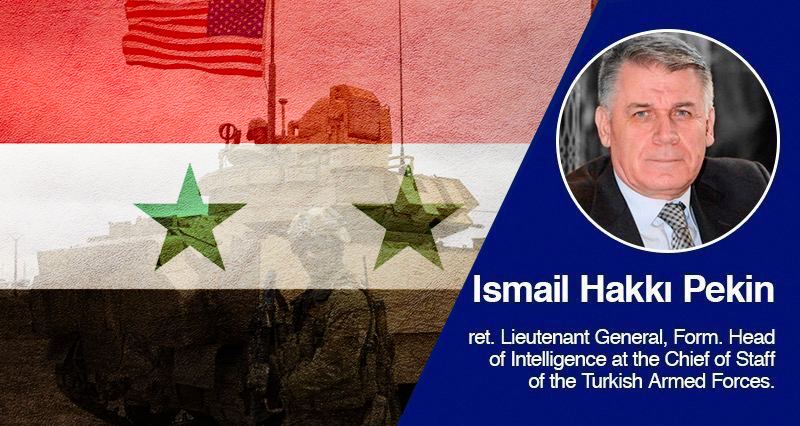



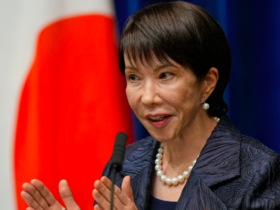
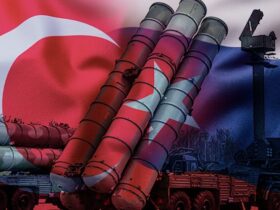

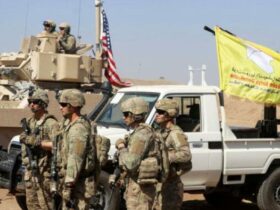

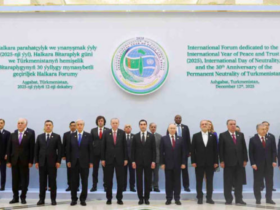

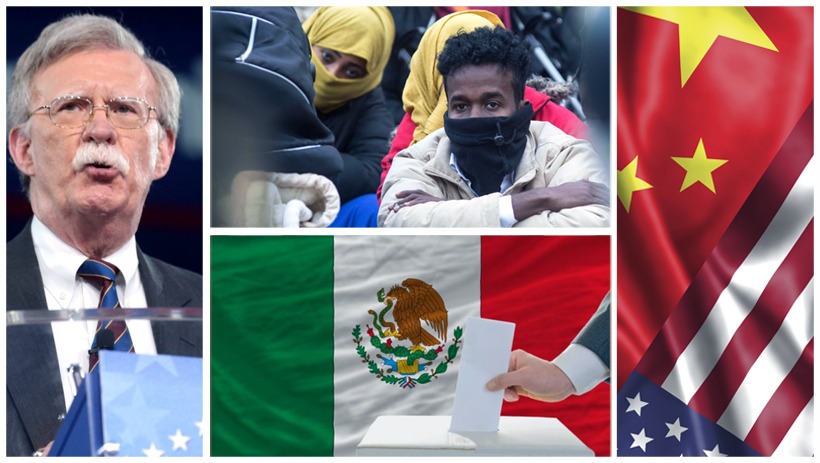
Leave a Reply